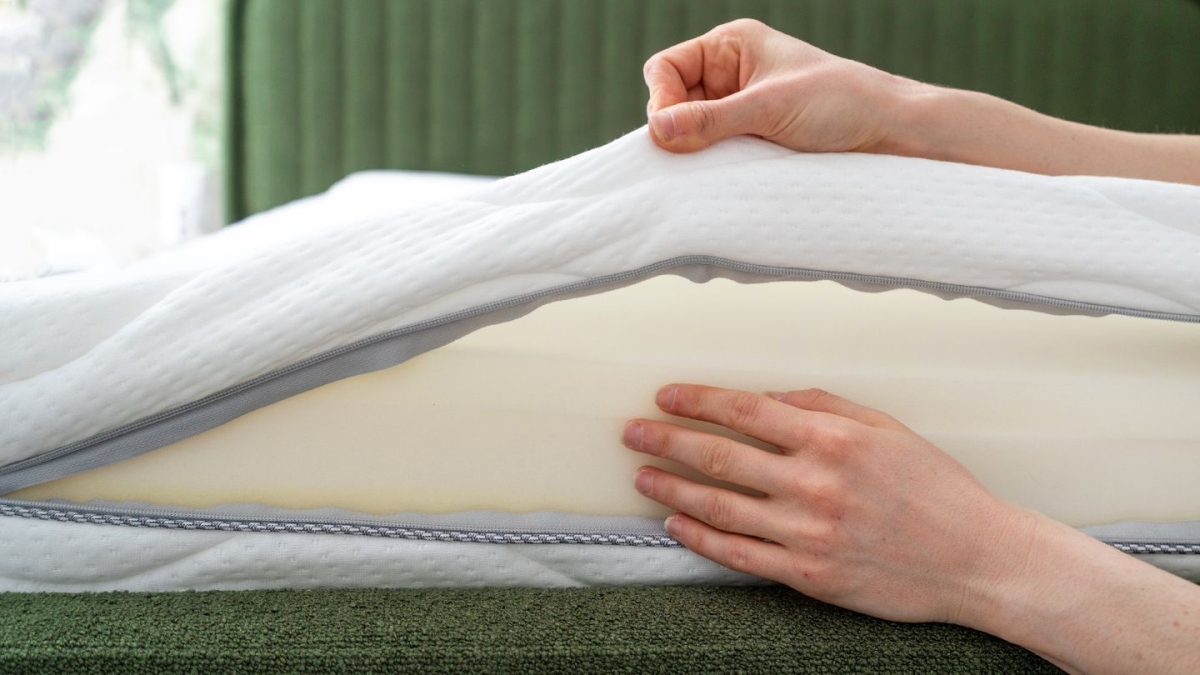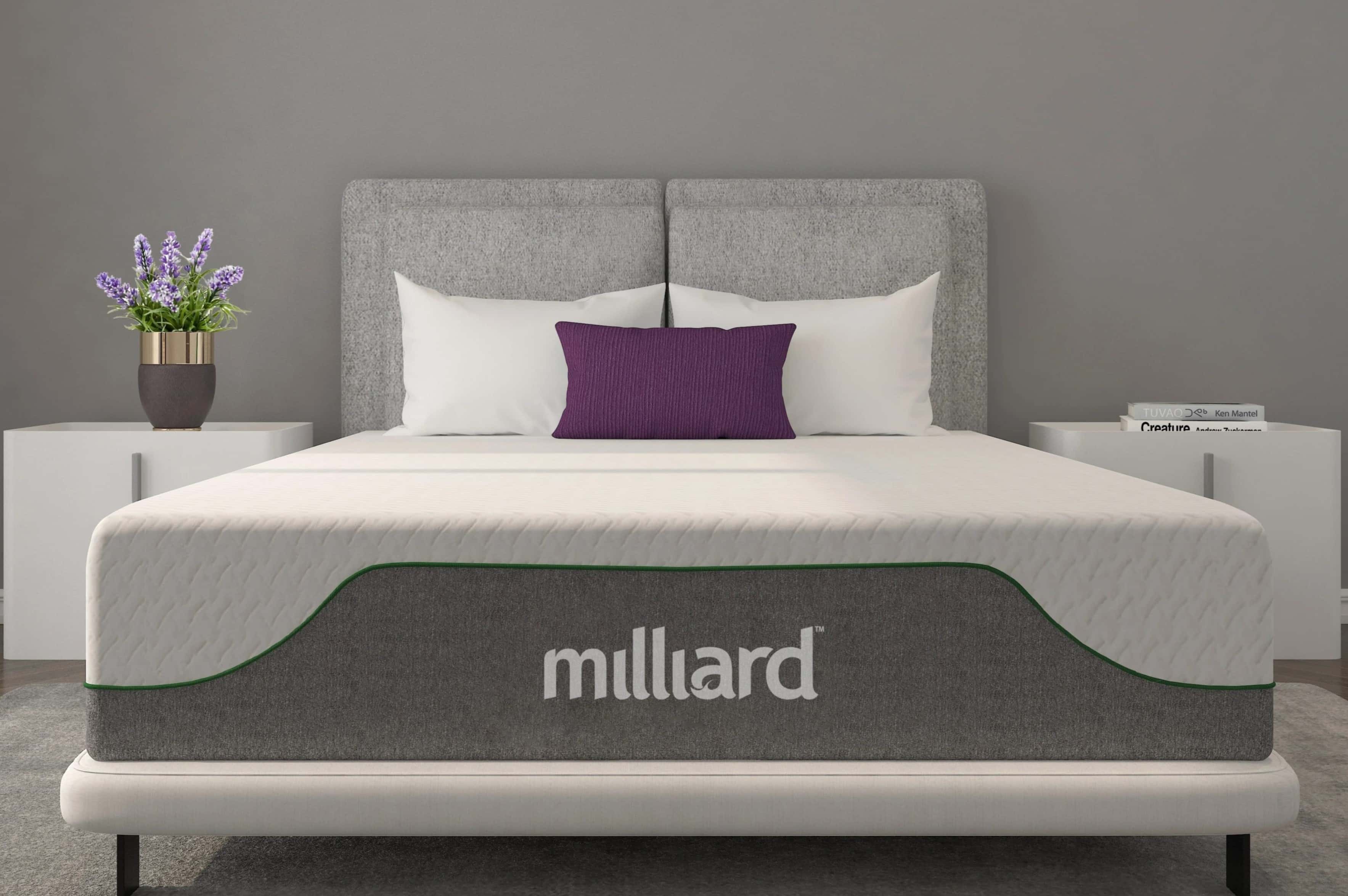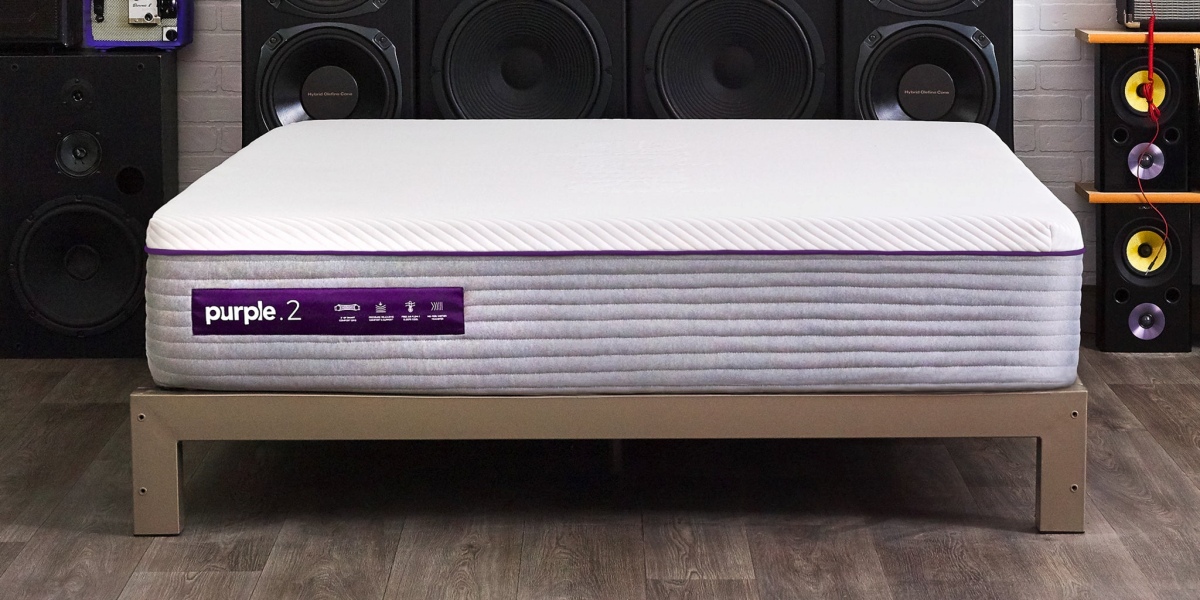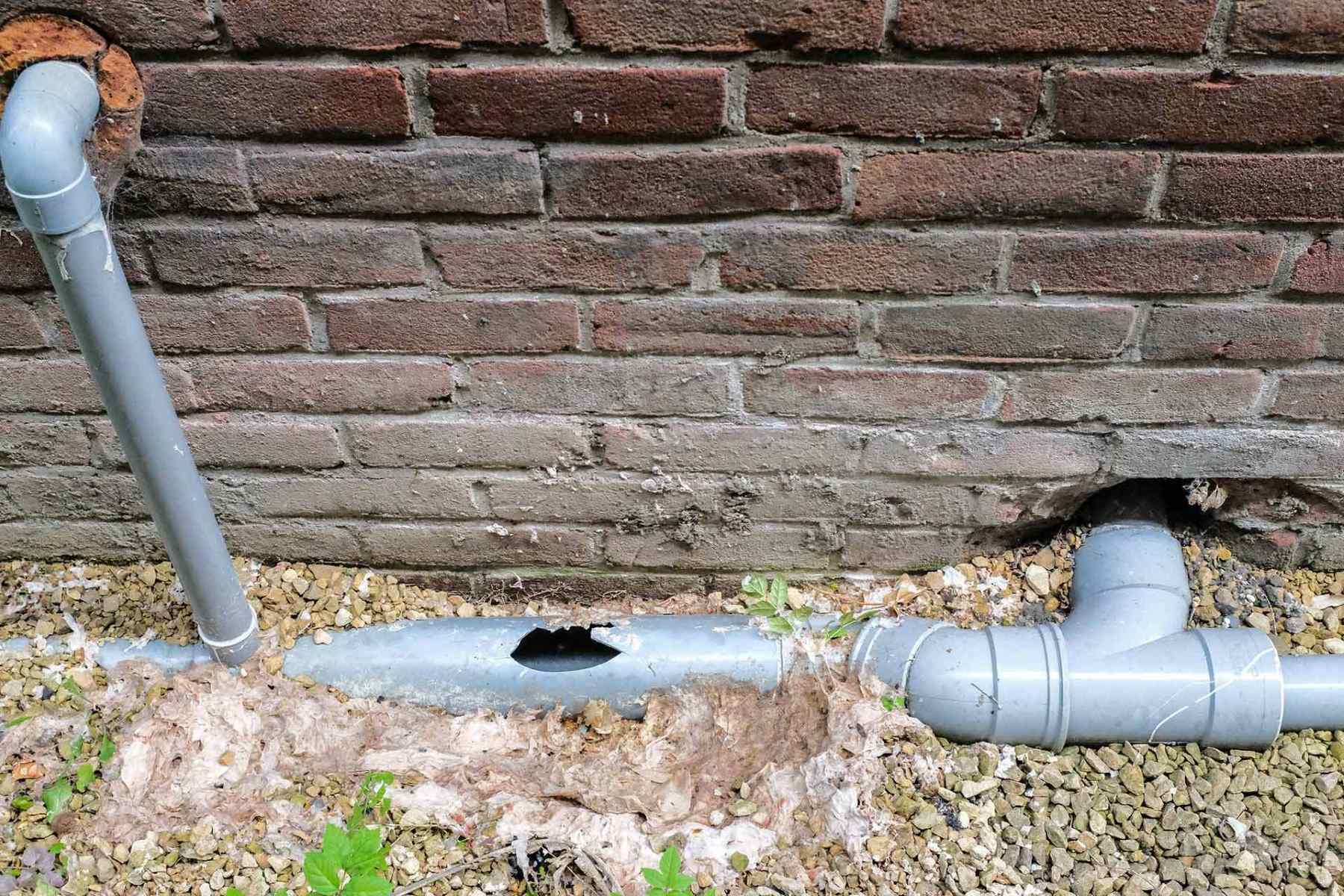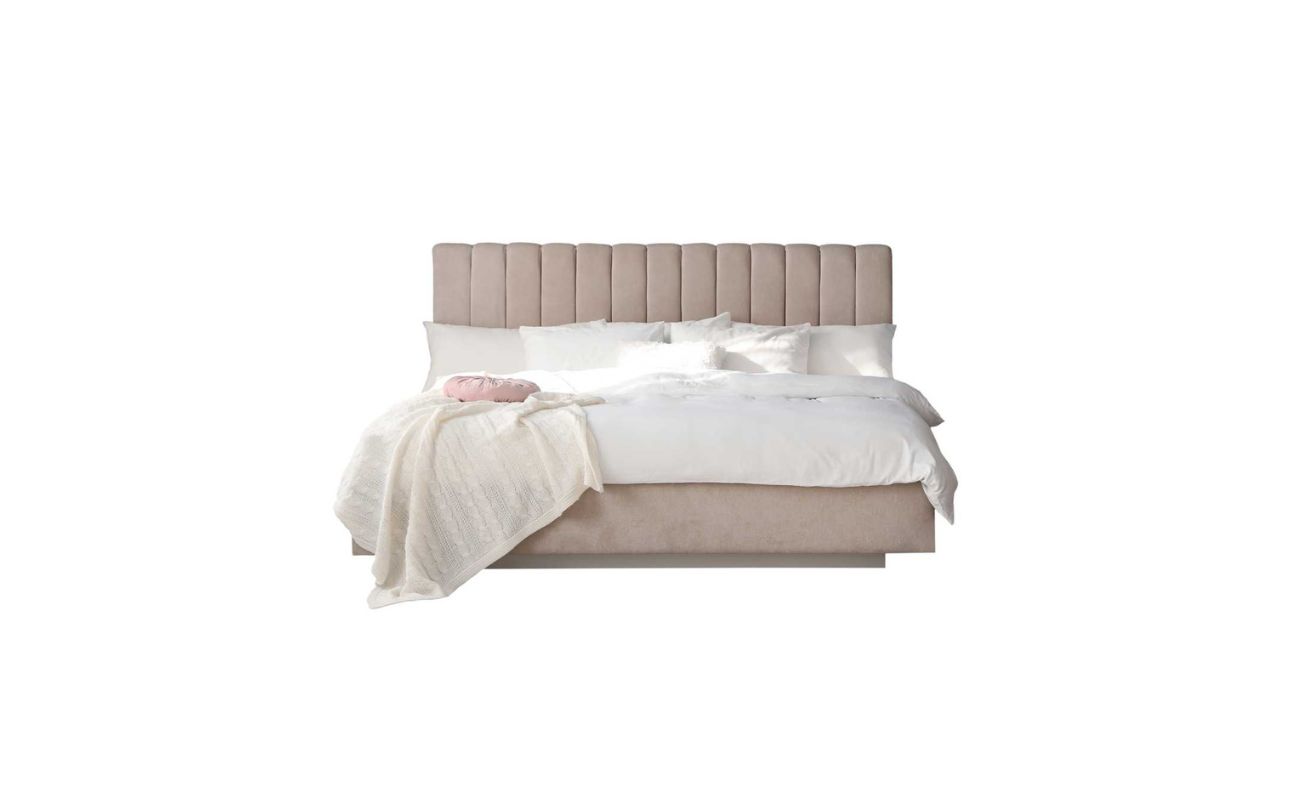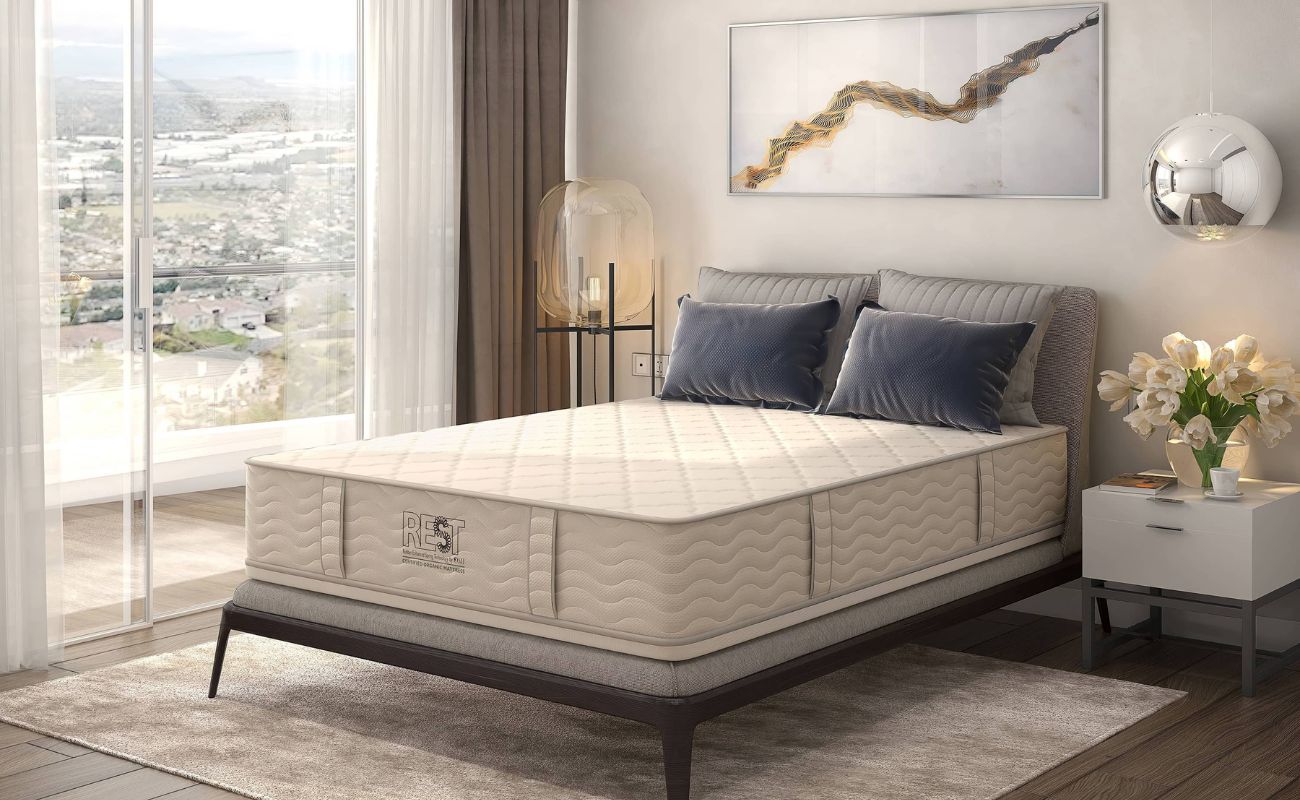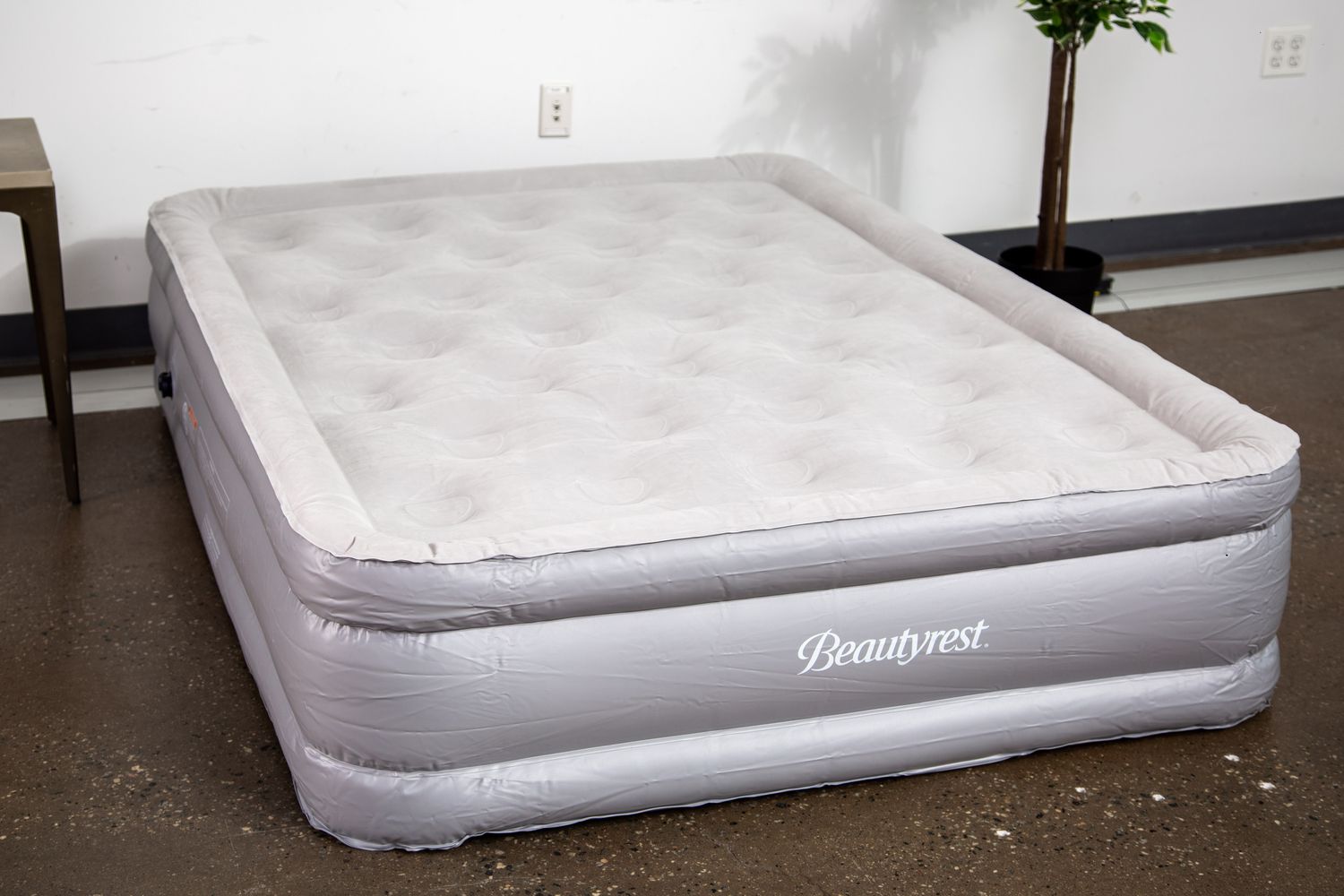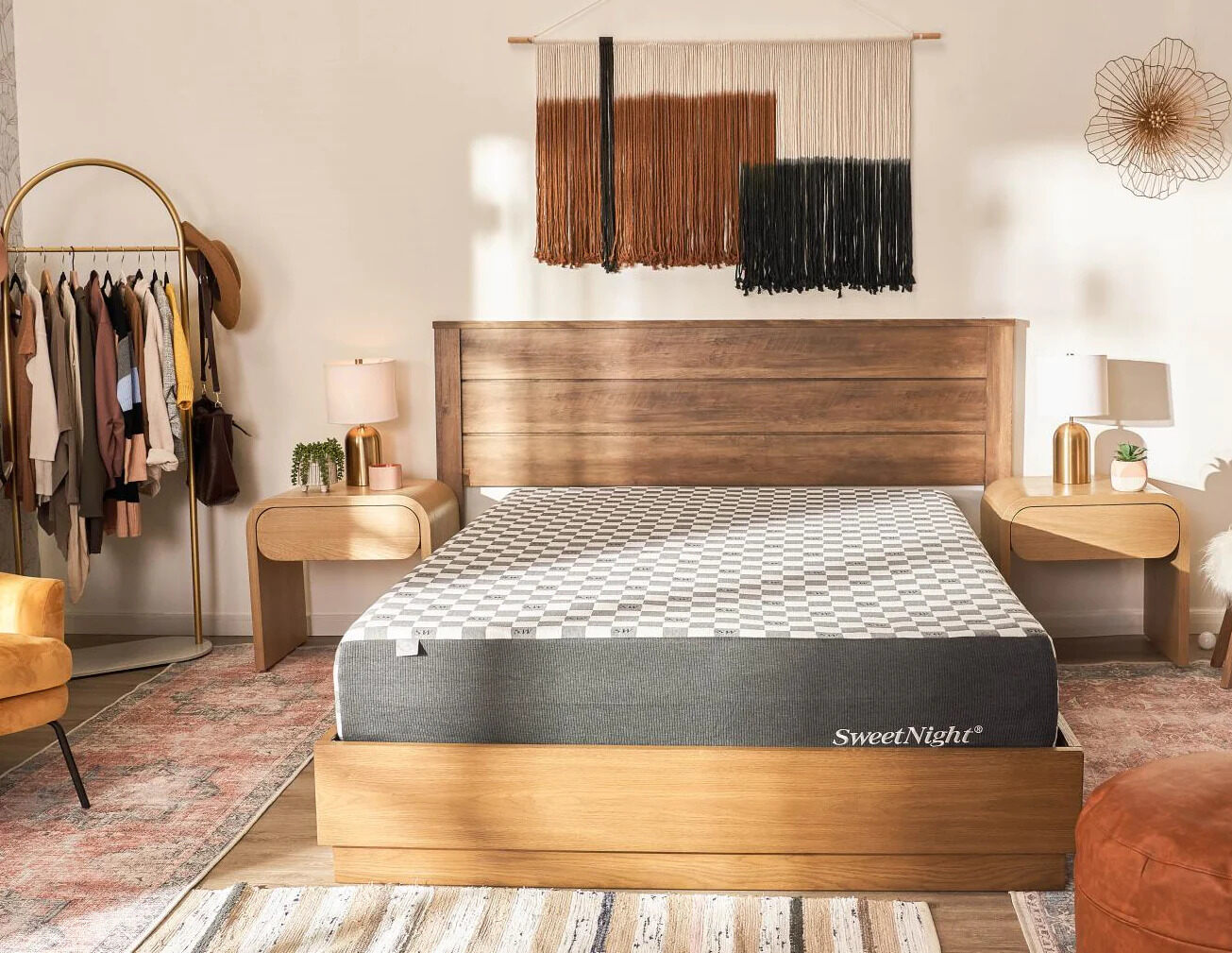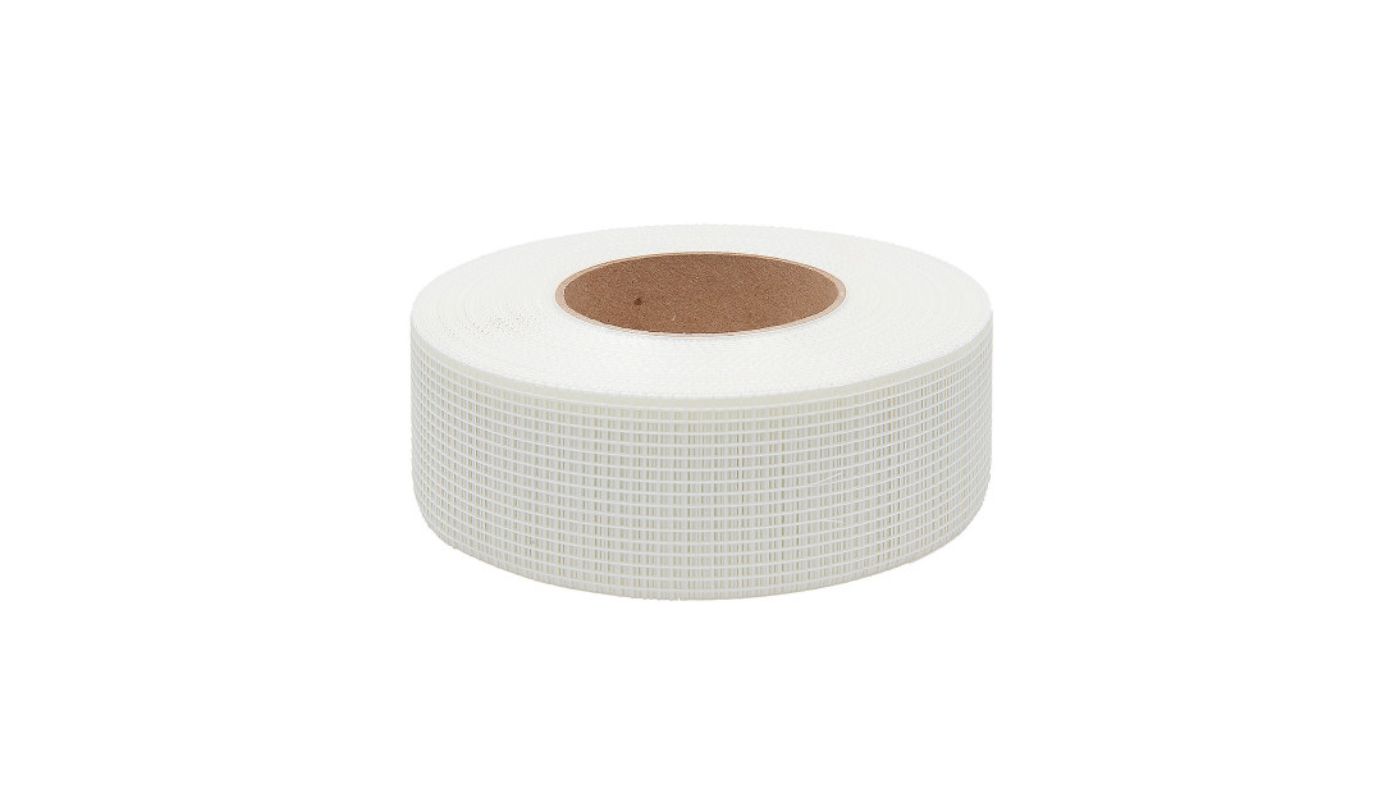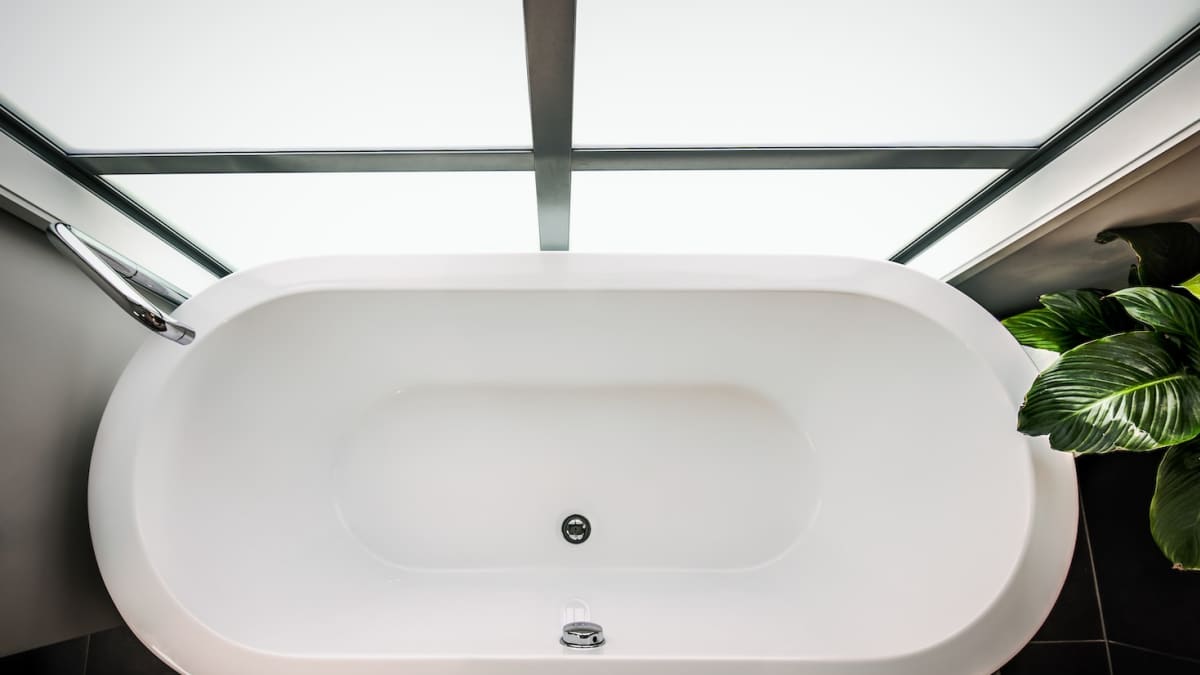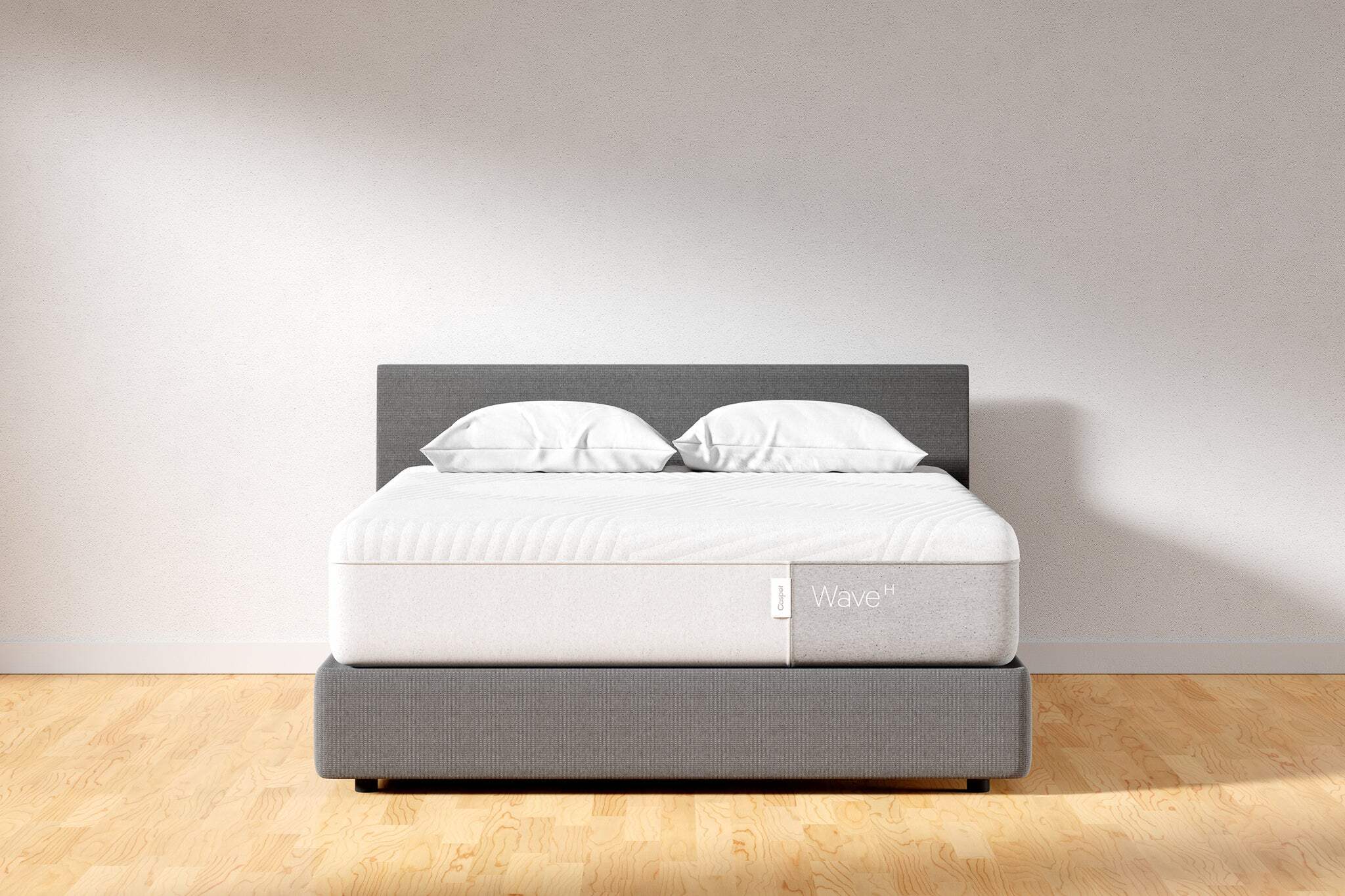Home>Furniture>Bedroom Furniture>How To Know If A Mattress Has Fiberglass
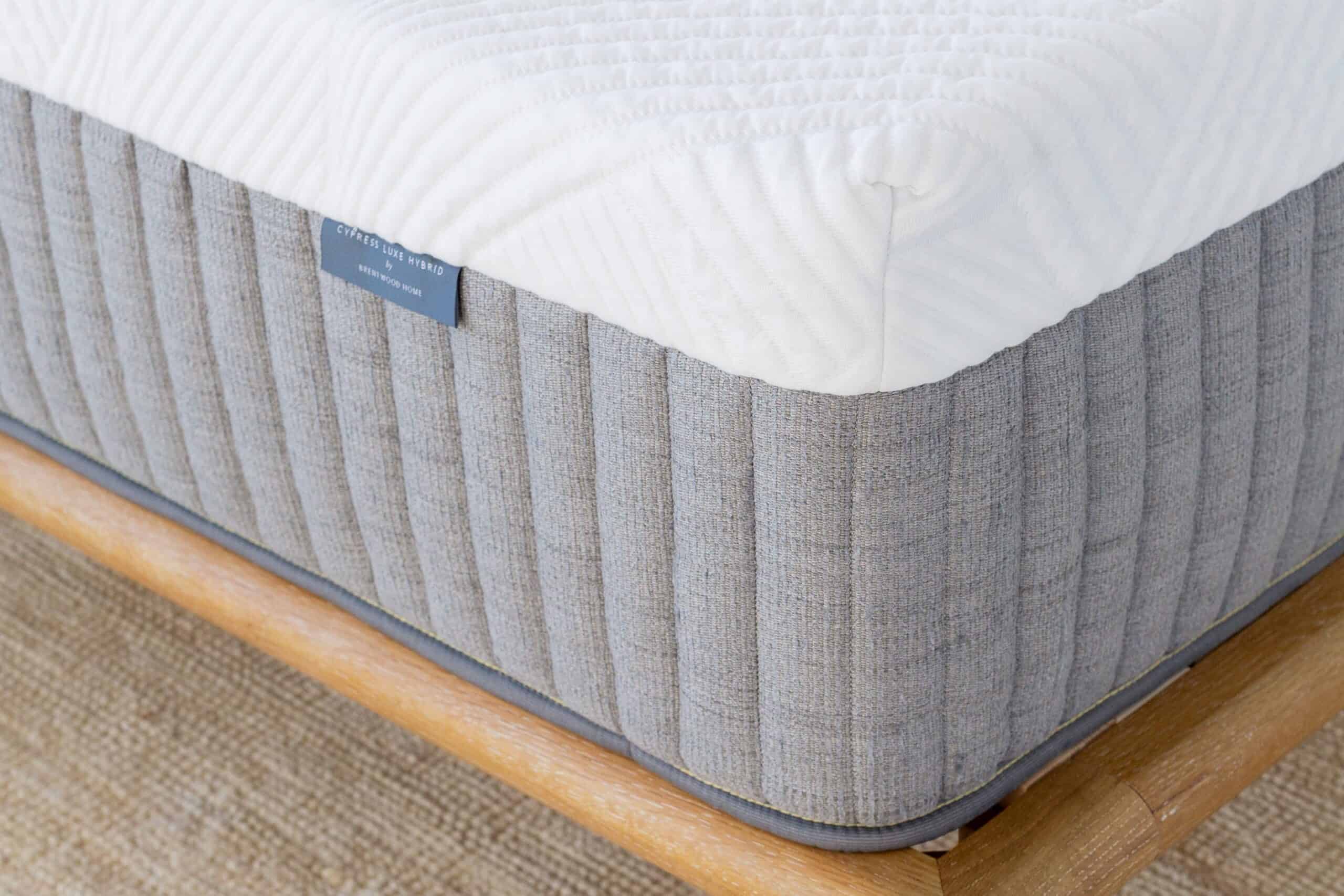

Bedroom Furniture
How To Know If A Mattress Has Fiberglass
Modified: August 28, 2024
Looking for bedroom furniture? Learn how to determine if a mattress contains fiberglass for a safe and comfortable sleep.
(Many of the links in this article redirect to a specific reviewed product. Your purchase of these products through affiliate links helps to generate commission for Storables.com, at no extra cost. Learn more)
Introduction
When it comes to choosing a mattress, one of the last things you would expect to find in your bed is fiberglass. However, many people have been surprised to discover this material lurking in their mattresses. Fiberglass is a synthetic material that is commonly used in various industries, including construction and insulation. But why would it be used in mattresses? And how do you know if your mattress contains fiberglass?
In this article, we will delve into the world of fiberglass in mattresses. We will explore the reasons behind its use, the potential health risks it poses, and how you can identify if your mattress contains fiberglass. So, if you’re concerned about what’s hiding beneath your sheets, keep reading to find out all you need to know.
Key Takeaways:
- Fiberglass in mattresses is used as a fire retardant, but loose fibers can pose health risks. Look for signs like shedding and unusual smell, and take steps to confirm and address its presence.
- If you suspect fiberglass in your mattress, stop using it, contain the fiberglass, and consult professionals for safe disposal. When replacing, opt for reputable brands without fiberglass and consider using a mattress protector.
Read more: How To Know If Popcorn Ceiling Has Asbestos
What is fiberglass?
Fiberglass is a lightweight and versatile material composed of fine fibers of glass. These fibers are extremely thin, typically about the same diameter as a human hair. When these fibers are woven together or bonded with resin, they create a durable and flexible material that can be molded into various shapes. Fiberglass is valued for its strength, insulating properties, and resistance to corrosion.
Fiberglass is commonly used in a wide range of industries, including construction, automotive, aerospace, and marine. In construction, it is often used for insulation, roofing, and reinforcement in concrete. In the automotive industry, fiberglass is utilized for components like bumpers, body panels, and interior trims. Its lightweight nature makes it ideal for aerospace applications, such as aircraft bodies and interior features. In marine settings, fiberglass is prevalent in boat hulls, decks, and other structural elements.
One of the reasons fiberglass is favored in these industries is its excellent strength-to-weight ratio. It is strong, yet lightweight, offering a balance between durability and maneuverability. Additionally, fiberglass is resistant to moisture, chemicals, and extreme temperature changes, making it a reliable material in challenging environments.
It is important to note that fiberglass itself is not inherently dangerous. When it is properly encapsulated and contained, as in most industrial and commercial applications, it poses no risk to human health. However, when fiberglass particles become loose and airborne, they can pose potential health hazards if inhaled or come into contact with the skin.
Why is fiberglass used in mattresses?
While the idea of fiberglass being used in mattresses may be surprising to some, its presence serves a specific purpose. Fiberglass is commonly used as a fire retardant material in mattresses to meet industry safety standards. It acts as a barrier, helping to prevent the spread of fire in the event of a mattress fire.
Fiberglass is incorporated into mattresses in different ways. One common method is to use a layer of fiberglass fabric or batting as a flame-resistant barrier beneath the mattress cover. This helps to minimize the risk of the mattress catching fire and can provide valuable time for individuals to safely escape a burning room.
In addition to its fire-resistant properties, fiberglass in mattresses also helps to enhance the overall strength and durability of the product. It can provide extra support and stability to the mattress structure, contributing to its longevity.
It’s important to note that fiberglass used in mattresses is typically bound or treated in a way that minimizes the risk of loose fibers becoming airborne. Manufacturers take precautions to ensure that the fiberglass layer is well-encased and contained within the mattress construction.
While the use of fiberglass in mattresses is intended to enhance safety, it has also sparked concerns about potential health risks associated with its presence. In the next section, we will explore these risks in more detail to help you understand the implications of fiberglass in your sleep environment.
Health risks associated with fiberglass exposure
When fiberglass is in its contained and intact form, it poses minimal health risks. However, when it becomes damaged or disturbed, it can release tiny fibers into the air. Inhalation or skin contact with these loose fiberglass particles can lead to potential health issues. It’s important to be aware of these risks, especially if you suspect your mattress contains fiberglass.
Some of the potential health risks associated with fiberglass exposure include:
- Irritation and itching: Contact with fiberglass particles can cause skin irritation, redness, and itchiness. The tiny sharp fibers can irritate the skin and potentially lead to discomfort.
- Respiratory issues: Inhaling loose fiberglass fibers can irritate the respiratory system and cause coughing, wheezing, and difficulty breathing. Prolonged exposure may lead to more serious respiratory conditions, such as fibrosis or inflammation of the lung tissue.
- Eye and throat irritation: Fiberglass fibers can cause irritation and redness in the eyes. They may also irritate the throat if inhaled, leading to coughing, sore throat, and discomfort.
- Allergic reactions: Some individuals may be allergic to fiberglass, and exposure can trigger allergic reactions. Symptoms can include itching, rashes, hives, and even severe allergic responses in rare cases.
It is important to note that the severity of these health risks depends on the amount and duration of exposure. Occasional contact with fiberglass may cause minor irritation, while prolonged exposure or high concentrations of loose fiberglass fibers can increase the likelihood of more serious health effects.
Now that we have explored the potential health risks associated with fiberglass, let’s move on to the signs that your mattress may contain this material.
When checking for fiberglass in a mattress, look for a tag or label that indicates the presence of fiberglass. Additionally, you can contact the manufacturer or retailer to inquire about the materials used in the mattress.
Signs that a mattress may contain fiberglass
If you suspect that your mattress contains fiberglass, there are several signs you can look out for. While these signs do not guarantee the presence of fiberglass, they can serve as indicators that further investigation may be necessary.
- Label or documentation: Check the mattress label or any accompanying documentation to see if it mentions the use of fire retardant materials, including fiberglass. Some manufacturers may explicitly state that their mattresses contain a fiberglass layer for fire resistance.
- Visible fiberglass particles: Inspect your mattress closely for any signs of visible fiberglass particles or fibers. These can appear as small white or translucent specks on the mattress surface, between the layers, or poking out of the seams.
- Prone to shedding: If your mattress is shedding small white or shiny particles, it may be an indication of fiberglass. However, keep in mind that shedding can also occur with other materials, so additional signs may be necessary to confirm the presence of fiberglass.
- Unusual smell: Some mattresses containing fiberglass may have a distinct, chemical-like odor. If you notice a strong and unusual smell coming from your mattress, it could be an indication of the presence of fiberglass.
- Manufacturer information: Research the manufacturer of your mattress to see if they have a history of using fiberglass in their products. Online customer reviews or forums can provide insights into others’ experiences with mattresses from the same company.
While these signs may raise suspicions, it is essential to confirm the presence of fiberglass through proper investigation. In the next section, we will outline the steps you can take to confirm if your mattress contains fiberglass.
Read more: How To Tell If A Mattress Has Mold
How to confirm if a mattress has fiberglass
If you suspect that your mattress contains fiberglass, it’s important to confirm its presence before taking any further action. Here are the steps you can follow to confirm if your mattress has fiberglass:
- Research: Conduct thorough research on the specific mattress brand and model you own. Look for any information regarding the use of fiberglass as a fire retardant material in their mattresses. Check the manufacturer’s website, product specifications, or contact their customer support for clarification.
- Inspect your mattress: Carefully examine your mattress, paying close attention to the seams, fabric layers, and any visible signs of loose fibers or particles. Use a flashlight to illuminate the mattress and check for the presence of any shiny, translucent, or white specks.
- Use a magnifying glass: If you suspect the presence of fiberglass but can’t see it clearly, use a magnifying glass to get a closer look. This can help you identify the fine fibers that may be hidden to the naked eye.
- Tap and test: Gently tap the mattress surface and listen for any crackling or crunching sounds. This can be an indication of fiberglass, as the loose fibers can create a distinct noise. Additionally, you can press down on the mattress and feel for any unusual resistance or stiffness that may suggest the presence of a fiberglass layer.
- Consult a professional: If you’re still unsure or unable to determine if your mattress contains fiberglass, consider consulting a professional, such as a mattress expert or a fire safety specialist. They can inspect your mattress and provide a definitive assessment.
By following these steps, you can gather more information and make an informed decision about the presence of fiberglass in your mattress. If your suspicions are confirmed, it’s important to take appropriate steps to address the situation, which we will discuss in the next section.
Steps to take if you find fiberglass in your mattress
Finding fiberglass in your mattress can be alarming, but it’s essential to handle the situation properly to minimize any potential health risks. If you confirm the presence of fiberglass in your mattress, follow these steps:
- Stop using the mattress: As soon as you discover fiberglass in your mattress, stop using it immediately. Continuing to sleep on or disturb the mattress can release more loose fibers into the air, increasing the risk of exposure.
- Contain the fiberglass: If possible, wrap the mattress tightly in plastic or a mattress enclosure to prevent further spreading of loose fibers. This will help contain the fiberglass and minimize the chance of it coming into contact with people or other items.
- Protect yourself: When handling the mattress or any bedding materials that may have come into contact with fiberglass, use personal protective equipment (PPE) such as disposable gloves, a mask, and long sleeves to reduce the chances of skin contact or inhalation of loose fibers.
- Remove the mattress: Contact your local waste management or recycling center to inquire about the proper disposal of a mattress containing fiberglass. They will provide you with specific instructions on how to safely dispose of or recycle the mattress, ensuring it is handled appropriately to protect both your health and the environment.
- Replace the mattress: Once the contaminated mattress is safely removed and disposed of, it’s time to find a new mattress. Opt for a reputable mattress brand that prioritizes safety and uses alternative fire retardant materials. Research thoroughly before making a purchase and consider models that have third-party certifications indicating they are free from fiberglass.
- Take preventive measures: To avoid future encounters with fiberglass in mattresses, consider investing in a mattress protector or encasement specifically designed to act as a barrier against any potential loose fibers or particles. Additionally, regularly inspect your new mattress for any signs of damage or degradation that could lead to fiberglass exposure.
By following these steps, you can address the presence of fiberglass in your mattress safely and take proactive measures to ensure a healthier sleep environment moving forward.
Conclusion
Fiberglass in mattresses may come as a surprise, but its use as a fire retardant material is intended to enhance safety. While fiberglass itself is not inherently dangerous, loose fibers can pose potential health risks if inhaled or come into contact with the skin. It is important to be aware of the signs that your mattress may contain fiberglass and take appropriate steps to confirm its presence.
If you discover fiberglass in your mattress, it is crucial to handle the situation carefully. Stop using the mattress immediately and take measures to contain the fiberglass to minimize any health risks. Safely dispose of the contaminated mattress by consulting your local waste management or recycling center to ensure proper handling.
When replacing your mattress, do thorough research to find reputable brands that prioritize safety and avoid the use of fiberglass as a fire retardant material. Look for third-party certifications that indicate the absence of fiberglass. Consider using a mattress protector or encasement as an added protective barrier against potential loose fibers or particles.
Your sleep environment should be a safe and tranquil place, free from any potential health hazards. By staying informed, taking preventive measures, and being proactive in addressing fiberglass in mattresses, you can create a healthier and more peaceful sleep experience.
Remember, if you have any concerns or are uncertain about the presence of fiberglass in your mattress, it’s always a good idea to consult with professionals who can provide guidance and assistance tailored to your specific situation.
Frequently Asked Questions about How To Know If A Mattress Has Fiberglass
Was this page helpful?
At Storables.com, we guarantee accurate and reliable information. Our content, validated by Expert Board Contributors, is crafted following stringent Editorial Policies. We're committed to providing you with well-researched, expert-backed insights for all your informational needs.
